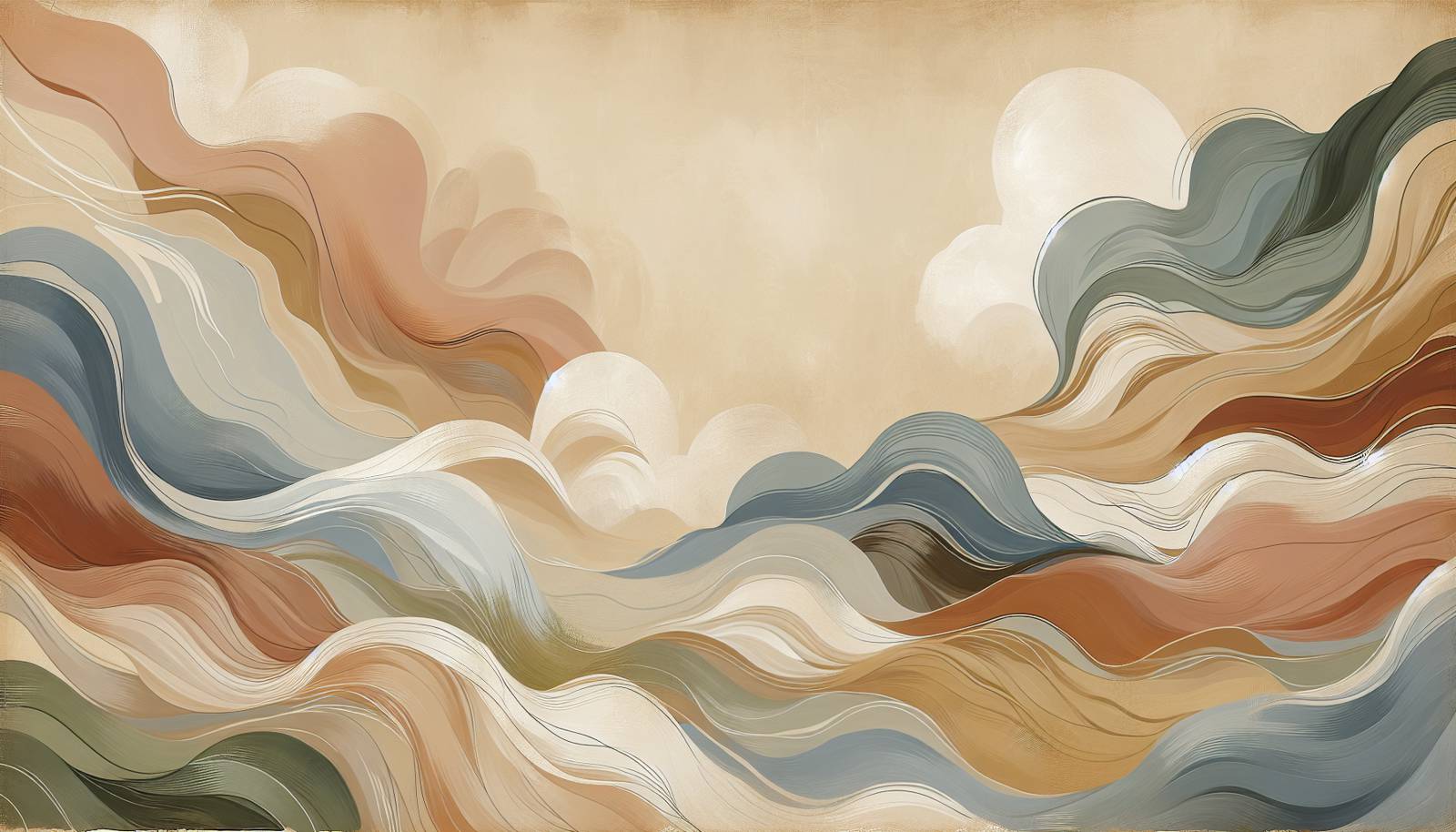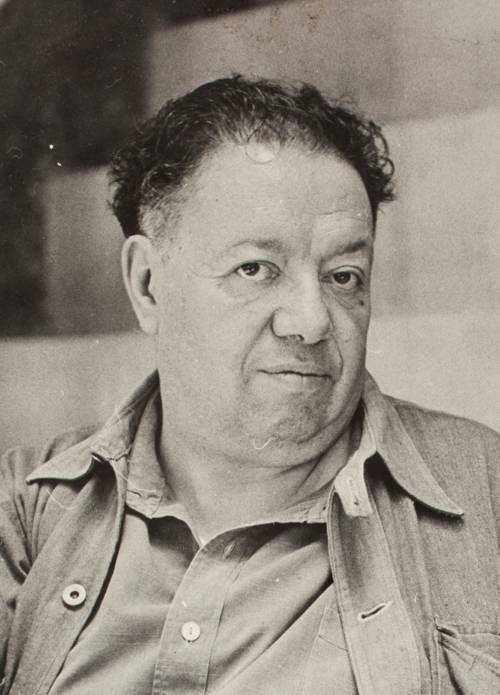
FAQ About Diego Rivera

Who was Diego Rivera?
Diego Rivera was a prominent Mexican painter born on December 8, 1886, in Guanajuato, Mexico. He is best known for his large-scale murals which played a significant role in the development of the Mexican Mural Movement. His works are marked by an emphasis on Mexican society and history, and they often incorporate elements of social realism.

What is Diego Rivera famous for?
Diego Rivera is famous for his large frescoes and murals that depict Mexican society and history. He was a leading figure in the Mexican Mural Movement, and his art is characterized by its focus on social realism. Some of his notable works include murals at the National Palace in Mexico City, Detroit Institute of Arts, and the mural "Man at the Crossroads" in the Rockefeller Center, which was controversially destroyed.

What was the Mexican Mural Movement?
The Mexican Mural Movement was a cultural and artistic movement that began in the 1920s and sought to promote the Mexican people's history and identity. Through large-scale murals painted in public spaces, artists aimed to communicate social and political messages directly to the people. Diego Rivera, along with José Clemente Orozco and David Alfaro Siqueiros, was one of the leading figures of this movement.

What themes are commonly found in Diego Rivera's art?
Diego Rivera's art commonly features themes such as Mexican history, indigenous culture, politics, social inequality, and class struggle. His works often reflect a strong sense of nationalism and are infused with elements of social realism that depict the lives of ordinary people and advocate for social justice.

Where can you find Diego Rivera's murals?
Diego Rivera's murals can be found in several prominent locations. In Mexico, his works are displayed in the National Palace and the Secretariat of Public Education in Mexico City. In the United States, you can view his murals at the Detroit Institute of Arts and the San Francisco Art Institute, among others.

What is the significance of the mural 'Man at the Crossroads'?
The mural 'Man at the Crossroads' was originally painted by Diego Rivera for the Rockefeller Center in New York City in 1933. It controversially included an image of Vladimir Lenin, which led to tensions with the patrons, resulting in the mural being destroyed. This incident highlights the clash between Rivera's political beliefs and the patron's expectations, and the mural became a symbol of artistic freedom and political controversy.

How did Diego Rivera influence the art world?
Diego Rivera had a significant influence on the art world through his pioneering role in the Mexican Mural Movement and his commitment to social realism. His works inspired a generation of artists to explore themes of social justice and cultural identity, and his techniques in muralism helped revive fresco painting as a major form of artistic expression in the 20th century.

Did Diego Rivera have any famous relationships?
Yes, Diego Rivera was famously married to Frida Kahlo, a renowned Mexican artist in her own right. Their relationship was complex and tumultuous, marked by mutual admiration as well as personal and artistic tensions. Both artists influenced each other's work and are often discussed together in the context of modern Mexican art.

What are some of Diego Rivera's most renowned works?
Some of Diego Rivera's most renowned works include 'The History of Mexico' murals at the National Palace in Mexico City, the 'Detroit Industry Murals' at the Detroit Institute of Arts, and 'The Flower Carrier.' His artworks reflect a deep engagement with Mexican culture and history, along with social and political themes.

What style of art is Diego Rivera associated with?
Diego Rivera is primarily associated with muralism and social realism. His style is characterized by dramatic large-scale frescoes that combine vibrant colors, detailed narratives, and powerful imagery conveying social and political messages. He is also known for integrating traditional Mexican art styles with modern techniques.

Which artists influenced Diego Rivera?
Diego Rivera was influenced by a range of artists and styles throughout his career. Early on, he was influenced by European modernists such as Pablo Picasso and Henri Matisse during his time in Paris. He was also profoundly impacted by the art and traditions of pre-Columbian civilizations, which are frequently reflected in his works.

How did Diego Rivera contribute to the preservation of Mexican culture?
Diego Rivera contributed to the preservation of Mexican culture by portraying the history and everyday life of the Mexican people in his murals. He often depicted indigenous subjects, legends, and traditions, emphasizing the rich cultural heritage of Mexico. His works served to educate both Mexicans and international audiences about the diverse aspects of Mexican identity.

What are some lesser-known facts about Diego Rivera?
Diego Rivera was not only a painter but also an avid collector of pre-Columbian art and artifacts. Additionally, his time in Europe exposed him to various influences, and he was one of the first painters to incorporate elements of Cubism into his works. Rivera held strong political beliefs and was an active member of the Mexican Communist Party, which is reflected in many of his artworks.

What role did Diego Rivera play in Mexican politics?
Diego Rivera was deeply involved in Mexican politics and was a member of the Mexican Communist Party. His political beliefs often permeated his art, as he used his work to express social critique and advocate for workers' rights and social reform. Rivera's murals often included political figures and themes, reflecting his commitment to political activism through art.

How did Diego Rivera's work impact Mexican society?
Diego Rivera's work had a profound impact on Mexican society by bringing art to public spaces and focusing on themes important to national identity and history. His murals made art accessible to ordinary people and fostered a sense of pride in Mexican culture and history while also critiquing social and economic inequalities.

What techniques did Diego Rivera use in his murals?
Diego Rivera used the fresco technique in his murals, a method where pigments are applied on freshly laid wet plaster, making the artwork an integral part of the wall's surface. This technique allowed for longevity and durability, which suited Rivera's goal of creating large-scale artworks meant to last and impact future generations.

What educational background did Diego Rivera have?
Diego Rivera studied at the Academy of San Carlos in Mexico City, where he began his formal art education. Later, he traveled to Europe for 14 years, where he studied under Eduardo Chicharro in Madrid, and embraced modernist influences in cities like Paris. This international exposure contributed to his unique approach to art, which combined modern European styles with Mexican themes.

Did Diego Rivera collaborate with other artists?
Diego Rivera often collaborated with other artists, sharing ideas and techniques, especially within the Mexican Mural Movement. Notably, he worked alongside artists like José Clemente Orozco and David Alfaro Siqueiros, among others, who shared his commitment to creating art that resonated with the Mexican population and addressed social issues.

How did Rivera's personal beliefs influence his art?
Diego Rivera's personal beliefs greatly influenced his art. As an ideologically committed Communist, he infused his works with themes of social justice, revolution, and class struggle. His belief in art as a tool for social change and education is evident in his murals, which often depicted the working class, indigenous people, and significant historical events from a leftist perspective.

What impact did Rivera's relationship with Frida Kahlo have on his art?
Rivera's relationship with Frida Kahlo profoundly affected both their lives and artistic outputs. Their tumultuous marriage, filled with passion and infidelity, provided personal themes that surfaced in their art. Rivera's admiration for Kahlo inspired certain portraits and murals, while her influence is evident in his portrayal of indigenous Mexican culture and folk themes.
